MEXICO
When we reached Mexico the only Spanish words we knew was cerveca, si and gracias. Although each of these words are important to know, neither one on there own, or combined, was helpful in finding accomodtion when we arrived in Mexico City late in the evening. Fortunately though we somehow we managed to get by as we discovered we somehow always do, sometimes more easier than others.
Aside from the langage barrier there were many ways in which we had to adjust. Mexico City is notorious for its crime. Although we managed to escape unscathed we quickly understood the potential risks when while walking through the city streets on our first night, a local who easily spotted us tourists warned us of the danger and advised us to 'excercise extreme caution and head straight to our hotel'.
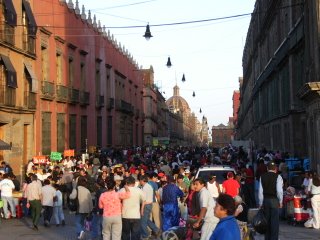 The city is a bustling place during the day crammed with people trying to sell you whatever it is that they are selling, and the crowds get so tight, a perfect environment for pickpockets. At night time however, the city transforms comletely, the place completely locks down, all shop fronts are hidden behind rollerdoors and hardly a sole can be seen.
The city is a bustling place during the day crammed with people trying to sell you whatever it is that they are selling, and the crowds get so tight, a perfect environment for pickpockets. At night time however, the city transforms comletely, the place completely locks down, all shop fronts are hidden behind rollerdoors and hardly a sole can be seen.
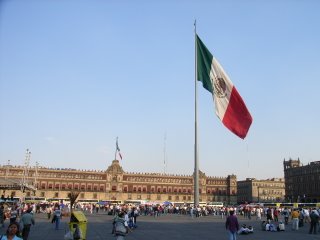

Sunset in Mexico City.
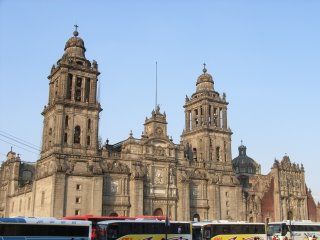 Aside from the higher degree of safety precaution required, the hardest thing to adjust to was the poor standard of plumbing in Mexico and the rest of Central and South America really. After the toilet gets blocked on you a couple of times you quickly realise what the waste paper basket in every cubicle is for.
Aside from the higher degree of safety precaution required, the hardest thing to adjust to was the poor standard of plumbing in Mexico and the rest of Central and South America really. After the toilet gets blocked on you a couple of times you quickly realise what the waste paper basket in every cubicle is for.
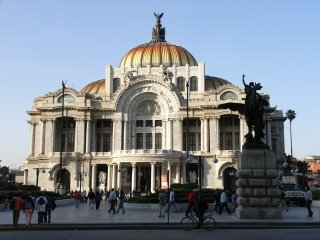 The influence of the Spanish is still very visible today, the catholic faith is strong and many impressive colonial buldings still stand.
The influence of the Spanish is still very visible today, the catholic faith is strong and many impressive colonial buldings still stand.
 Some crazy men swinging upside down from a great height. Once a tradional ceremony for first harvest and performed only once a year. Today it is more of an act for tourist entainment and is performed twice daily.
Some crazy men swinging upside down from a great height. Once a tradional ceremony for first harvest and performed only once a year. Today it is more of an act for tourist entainment and is performed twice daily.
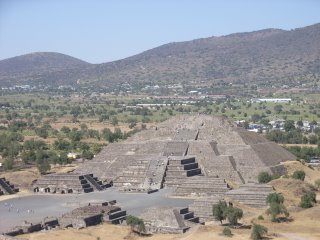
These are the first ruins we visitied, Teotithuacan which was built before Christ.

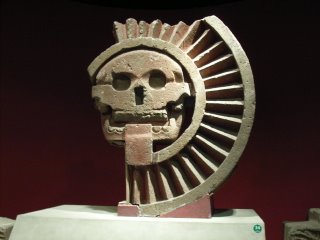
In Mexico City's anthropology museum we saw some pretty cool artifacts. The museum is so big, said to be the biggest anthroplogical museum in the world, has about 32 rooms and we only made it through 6 of them in the few hours we had.
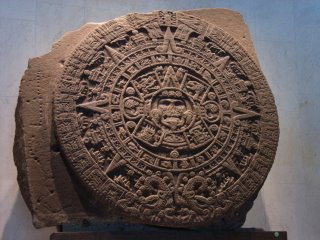

Leaving the big city was a relief. The smaller towns are more laid back and have a much safer feel.

In Puebla we were lucky to have timed our visit with a small carnival. What a treat.
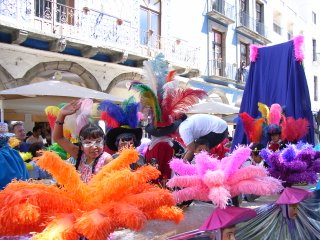
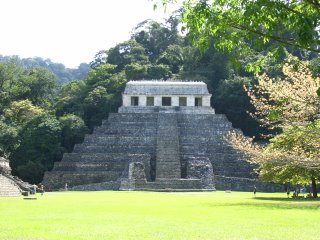

The Palenque ruins in the east of Mexico, even after seeing so many ruins, are my favourite (SK).
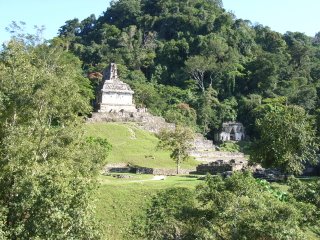

Misol-Ha waterfall. Some of you might recognise it from a scene in Predator.....'if it bleeds we can kill it'.
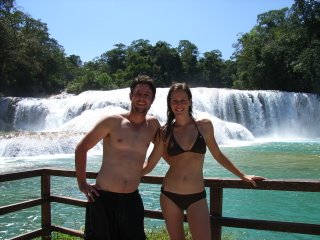
Cascades Agua Azul.
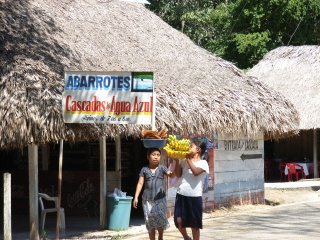
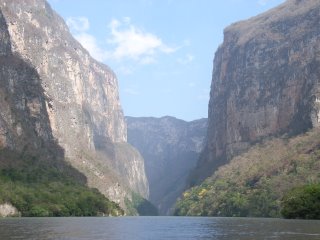
Canyon Sumidero located near the small town of San Cristobal. The highest cliff top sits 800m above the river.
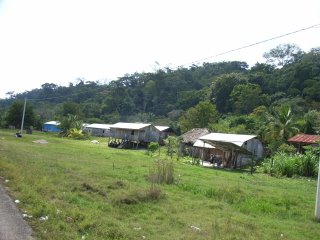
This is the small village, located in the Chiapas state of Mexico, where we were held hostage in for nearly 5 hours by the locals. The people of the village were seeking assistance from the government in a matter of conflict they had with Zapatistas who control the region.
When we reached Mexico the only Spanish words we knew was cerveca, si and gracias. Although each of these words are important to know, neither one on there own, or combined, was helpful in finding accomodtion when we arrived in Mexico City late in the evening. Fortunately though we somehow we managed to get by as we discovered we somehow always do, sometimes more easier than others.
Aside from the langage barrier there were many ways in which we had to adjust. Mexico City is notorious for its crime. Although we managed to escape unscathed we quickly understood the potential risks when while walking through the city streets on our first night, a local who easily spotted us tourists warned us of the danger and advised us to 'excercise extreme caution and head straight to our hotel'.
 The city is a bustling place during the day crammed with people trying to sell you whatever it is that they are selling, and the crowds get so tight, a perfect environment for pickpockets. At night time however, the city transforms comletely, the place completely locks down, all shop fronts are hidden behind rollerdoors and hardly a sole can be seen.
The city is a bustling place during the day crammed with people trying to sell you whatever it is that they are selling, and the crowds get so tight, a perfect environment for pickpockets. At night time however, the city transforms comletely, the place completely locks down, all shop fronts are hidden behind rollerdoors and hardly a sole can be seen.

Sunset in Mexico City.
 Aside from the higher degree of safety precaution required, the hardest thing to adjust to was the poor standard of plumbing in Mexico and the rest of Central and South America really. After the toilet gets blocked on you a couple of times you quickly realise what the waste paper basket in every cubicle is for.
Aside from the higher degree of safety precaution required, the hardest thing to adjust to was the poor standard of plumbing in Mexico and the rest of Central and South America really. After the toilet gets blocked on you a couple of times you quickly realise what the waste paper basket in every cubicle is for. The influence of the Spanish is still very visible today, the catholic faith is strong and many impressive colonial buldings still stand.
The influence of the Spanish is still very visible today, the catholic faith is strong and many impressive colonial buldings still stand. Some crazy men swinging upside down from a great height. Once a tradional ceremony for first harvest and performed only once a year. Today it is more of an act for tourist entainment and is performed twice daily.
Some crazy men swinging upside down from a great height. Once a tradional ceremony for first harvest and performed only once a year. Today it is more of an act for tourist entainment and is performed twice daily.
These are the first ruins we visitied, Teotithuacan which was built before Christ.


In Mexico City's anthropology museum we saw some pretty cool artifacts. The museum is so big, said to be the biggest anthroplogical museum in the world, has about 32 rooms and we only made it through 6 of them in the few hours we had.


Leaving the big city was a relief. The smaller towns are more laid back and have a much safer feel.

In Puebla we were lucky to have timed our visit with a small carnival. What a treat.



The Palenque ruins in the east of Mexico, even after seeing so many ruins, are my favourite (SK).


Misol-Ha waterfall. Some of you might recognise it from a scene in Predator.....'if it bleeds we can kill it'.

Cascades Agua Azul.


Canyon Sumidero located near the small town of San Cristobal. The highest cliff top sits 800m above the river.

This is the small village, located in the Chiapas state of Mexico, where we were held hostage in for nearly 5 hours by the locals. The people of the village were seeking assistance from the government in a matter of conflict they had with Zapatistas who control the region.
